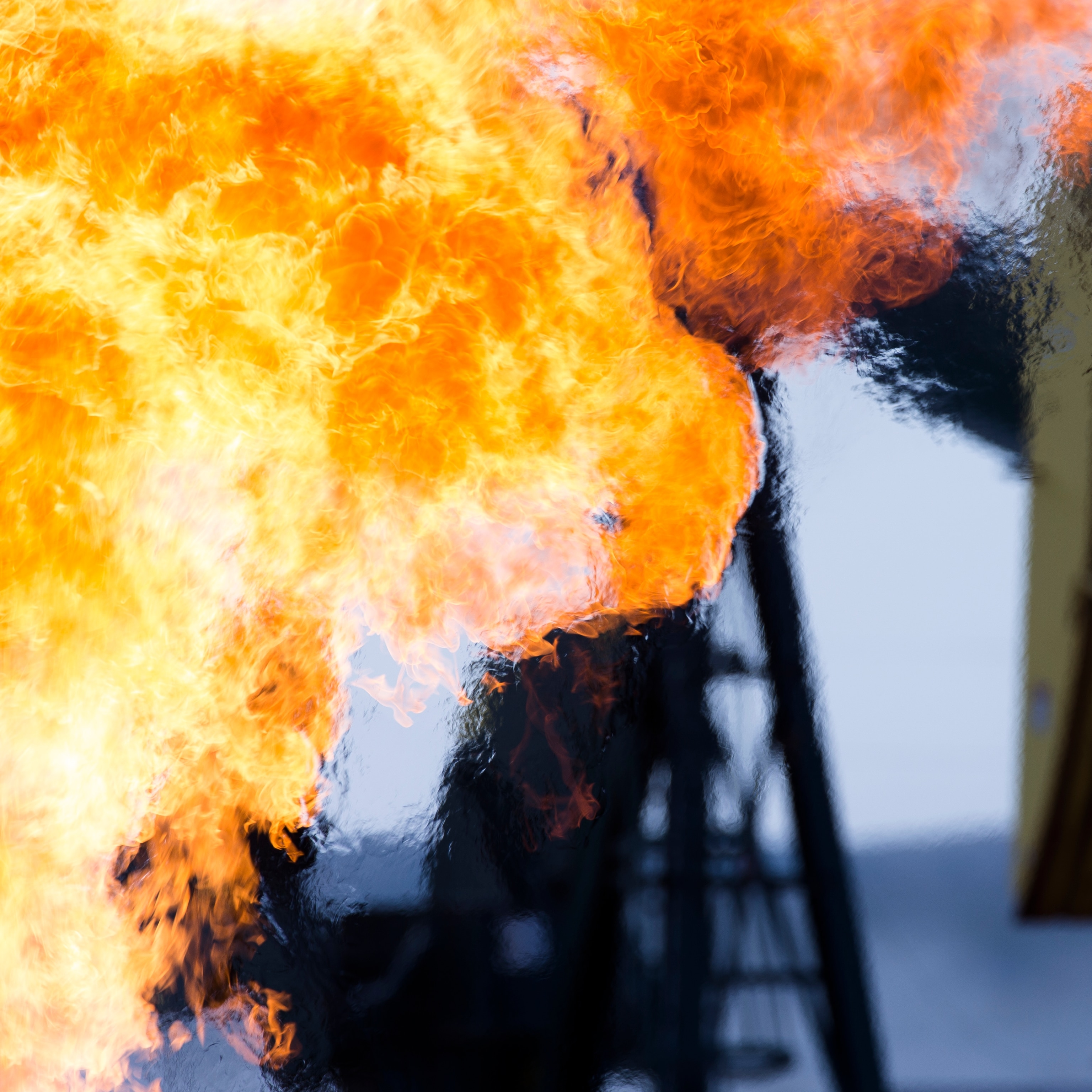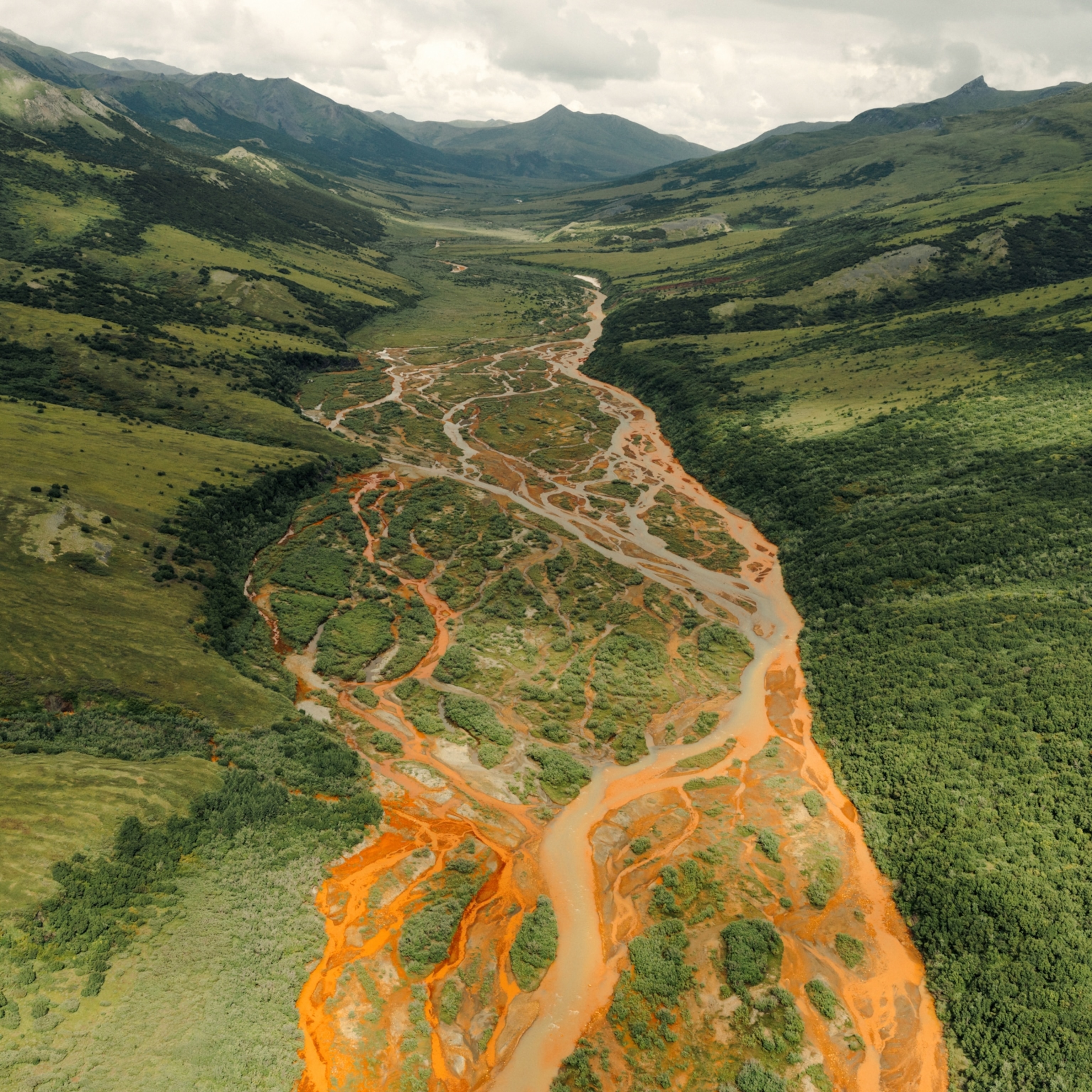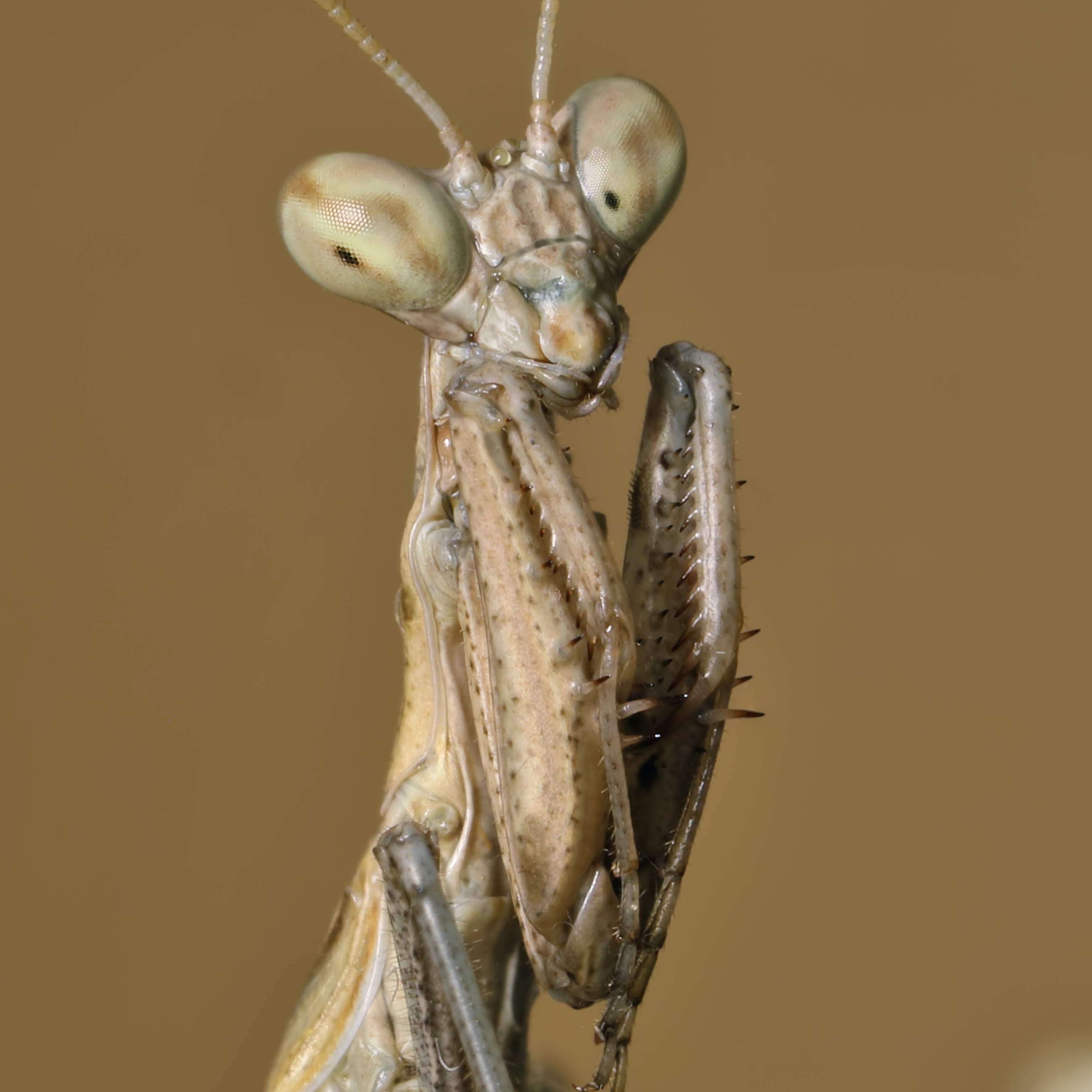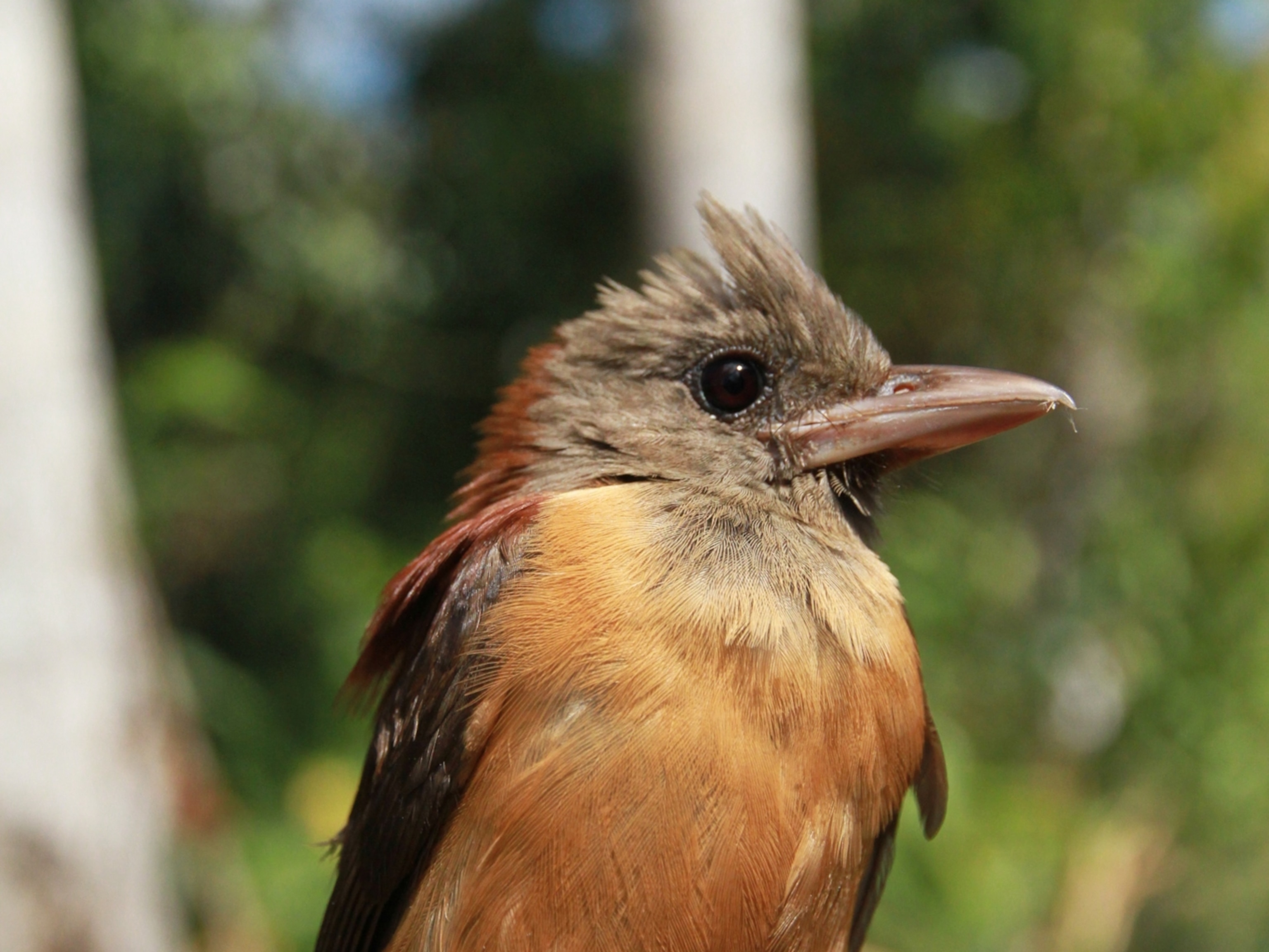Is Gulf Oil Spill's Damage Over or Still Unfolding?
Scientists tracking Gulf sparrows, insects, and seabirds try to unravel the mysteries of a landscape changed by oil.
Every spring, scientists tromp through Louisiana's mud and waist-high grass, hunting for the hidden nests of a palm-size bird called the seaside sparrow. Their goal: to see whether the massive oil spill from a broken Gulf of Mexico rig known as Deepwater Horizon has hurt creatures that don't actually inhabit the water.
Five years after the worst oil spill in U.S. history, early reports from this and other research suggest that the ecological damage lingered in unexpected ways. But scientists say cataloging what that means for the Gulf's future grows more complex with time.
Amid the rushes and cordgrass of the Gulf's fragile salt marshes, for example, scientists say they made a surprising discovery: Two years after the spill, in meadows once tarnished by soupy petroleum, flies, crickets, spiders, and the seaside sparrows that eat them were less abundant than in areas untouched by the oil.
"There's very little question that our oiled plots had greatly reduced sparrow densities," says Stefan Woltmann, an assistant professor of biology with Austin Peay State University in Tennessee. "Nest success was miserable out there."
Many of these marsh creatures never came in contact with spilled crude, so the connections between the oil spill and their fate are poorly understood. Some scientists suspect that insects important to wildlife were snuffed out by oily residue that released toxic fumes.
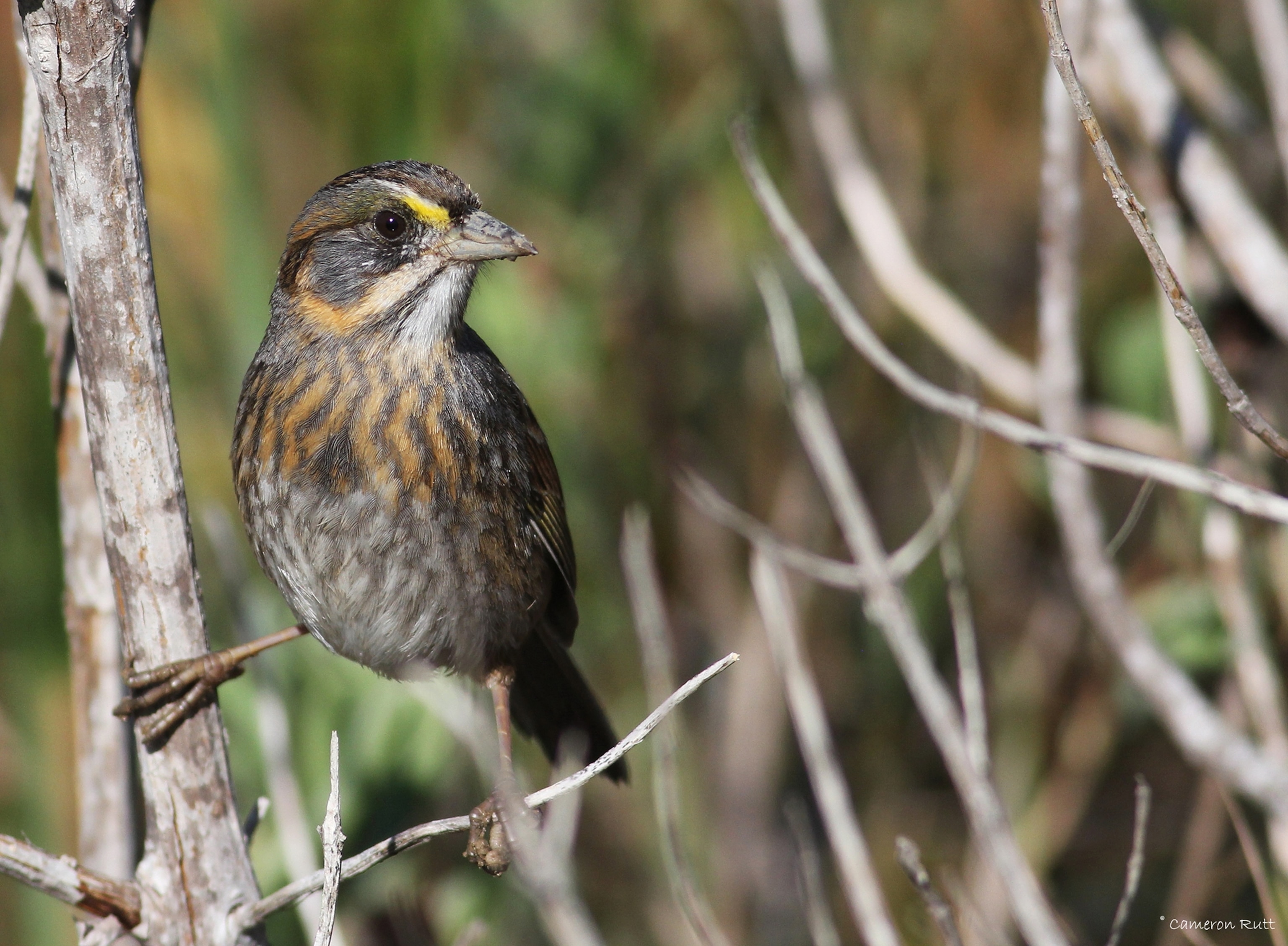
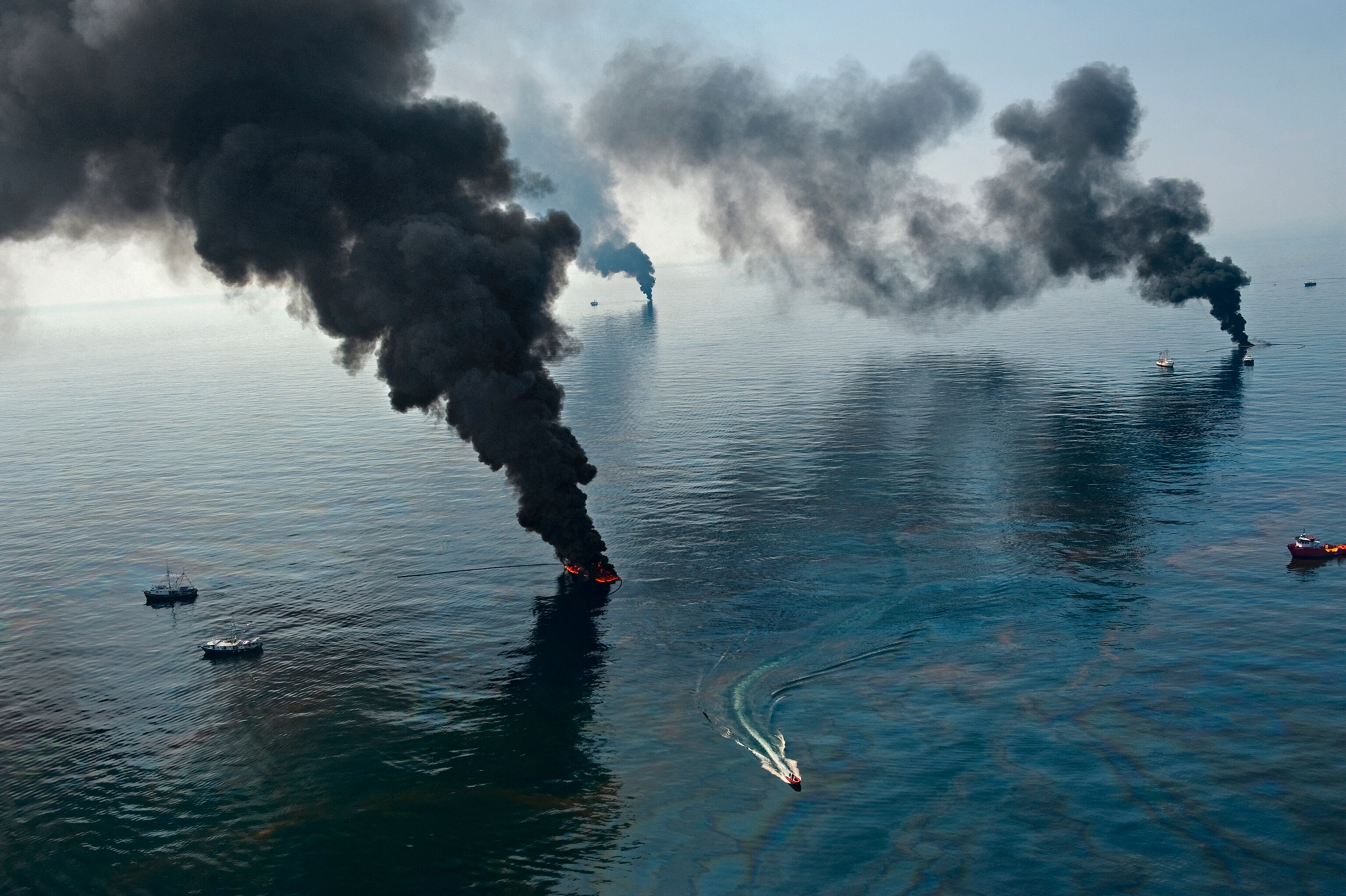
The effects on seaside sparrows, a ubiquitous symbol of salt marshes from Texas to Florida, appear to have been localized and temporary. But despite the region's apparent resilience, scientists say they don't yet know how much these coastal wetlands—important nurseries for fish and feeding grounds for birds—are still changing in subtle ways.
In addition, some research suggests that the spill may still be harming ocean creatures, such as bottlenose dolphins, killifish, and corals.
The spill was a terrible experiment over a huge landscape with a sample size of one, and we're basically in the audience, watchingLinda Hooper-Bùi, Entomologist
"The spill was a terrible experiment over a huge landscape with a sample size of one, and we're basically in the audience, watching," says Linda Hooper-Bùi, an entomologist with Louisiana State University.
BP, which owned and operated the well that suffered the blowout on April 20, 2010, stated in a report last month that there has been no population-scale decline in any Gulf species. The report says data collected by independent scientists in 2011 showed no differences in survival of six bird species, including seaside sparrows, between oiled and unoiled areas.
"The dire predictions made in 2010 have fortunately not come to pass," the report states.
But officials representing the Gulf states and the U.S. government, which are suing BP to recover money for ecological restoration, dismiss the BP report as "inappropriate and premature" and say it "misinterprets and misapplies data."
As with virtually everything connected to the 2010 accident, scientists say it's simply too early to tell about the long-term damage.
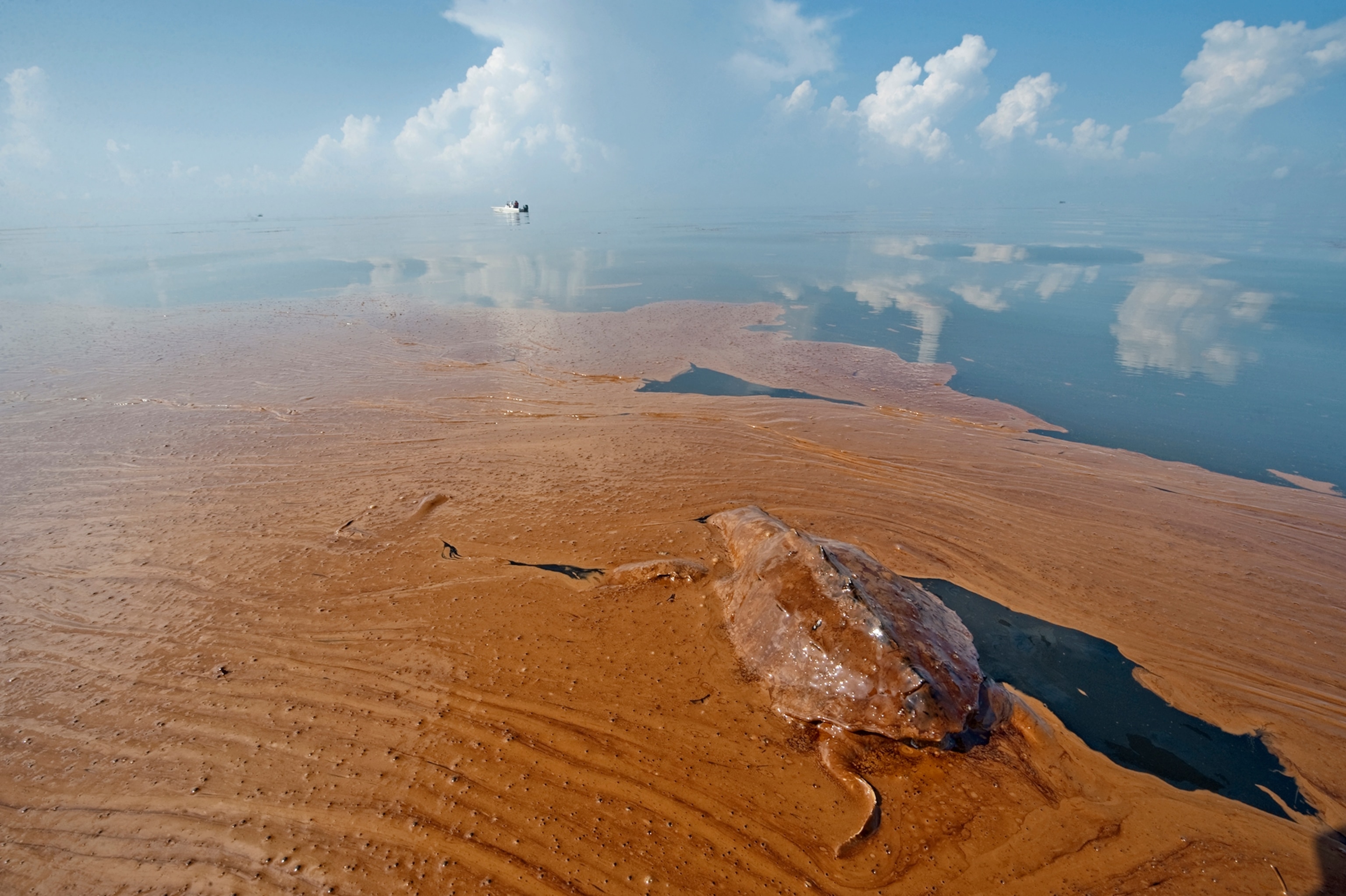
"Like an Underwater Dust Storm"
It was a slow-moving disaster unlike any other. The nighttime explosion on Deepwater Horizon killed 11 workers and injured many others. BP spent 87 days trying to cap the leaking wellhead before finally halting the oil's flow.
By then, more than 100 million gallons had escaped. Squiggly ribbons of red-brown goo coated the Gulf.
I remember it like it was yesterday: It looked like an underwater Oklahoma dust storm.P. J. Hahn, Former Plaquemines Parish official
"I remember it like it was yesterday: It looked like an underwater Oklahoma dust storm," recalls P. J. Hahn, then director of coastal zone management for Louisiana's Plaquemines Parish. "We'd fly over it, and you could see there was more oil traveling below than above the water. We'd dive in it and see oil from horizon to horizon. It was overwhelming. It was heartbreaking."
Chocolate-colored glop coated hermit crabs, fiddler crabs, pelicans, and terns and formed thick, oily mats that carried sea turtles. (Some 600 turtles died; BP suggests many weren't killed by oil.) Crude darkened white sand beaches, coated mangroves, and washed ashore carrying dead dolphins and fish. Shrimp and oyster harvesting was temporarily scuttled. Lesions appeared on the skin of red snappers.
Seabirds were the most visible victims.
Roughly 6,000 birds were found dead that first year, mostly laughing gulls, pelicans, and northern gannets. BP contends that most bird carcasses were found, but the U.S. Fish and Wildlife Service suspects that number is a fraction of actual spill-related bird deaths.
Five years later, in many ways, much appears to be back to normal.
Oily tar is rarely seen in the marsh; most of it was consumed by oil-eating microbes. Fish lesions are no longer common. Commercial fish landings are up.
"Generally speaking, a great deal of the oil has been degraded," says Ed Overton, an emeritus professor of environmental chemistry at Louisiana State. "There's not anywhere close to as much detectable oil."
But published research suggests the BP spill hurt wildlife in countless ways, contributing to a mass die-off of dolphins, potentially harming the hearts of baby tuna, and damaging killifish DNA.
BP is critical of these studies, arguing, in part, that dolphin die-offs are common and that their deaths may seem more frequent because more people are paying attention. The company, in a statement, also said fish research "provides no evidence to suggest a population-level impact on tuna or other fish species in the Gulf of Mexico."
But some research suggests spill-related problems will keep echoing and ultimately could harm animal immune systems, reproduction and species' range. Other studies are still ongoing or tied up in court proceedings that will determine how much BP will pay for environmental damage.
And because the spill hit marine and estuarine systems already facing pollution and erosion, it is difficult to document changes and isolate causes. To understand just how complex that is, consider the efforts to track sparrows and their food.
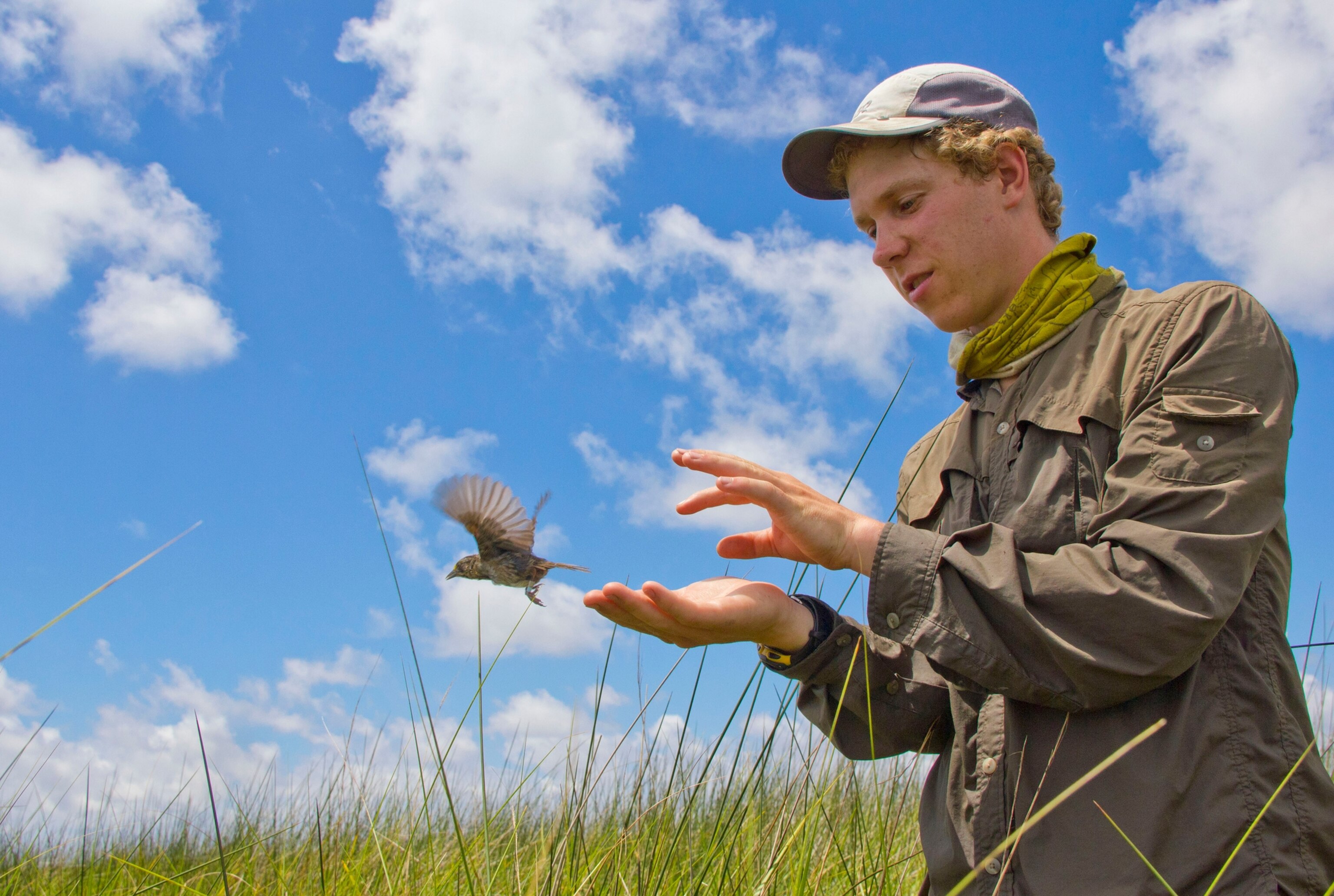
Did Oil Harm Sparrows?
Seaside sparrows nest low in high grass and, unlike migrating waterfowl, spend their entire lives in Gulf marshes. That makes these tiny brown and gray birds a good indicator of the health of these ecosystems.
Gulf marshes have been disappearing and degraded for decades. Some urban areas lost 85 percent in the last century because of dredging, flooding, development, and rising seas. Then the oil spill soiled more than 1,100 miles (1,700 kilometers) of shoreline, much of it marsh in southeastern Louisiana's Barataria Bay.
Some wetlands were so plastered with oil that vegetation died. Grasses were still spotty years later, scientists say, and some plant species recovered poorly. The oil may have left marshes more vulnerable to erosion.
In 2012, the bird researchers found "more birds on unoiled sites, more nests on unoiled sites, and greater reproductive success on unoiled sites" than on oiled sites, says Louisiana State University ecologist Sabrina Taylor.
The researchers are uncertain what these unpublished findings, which have not been reviewed by outside scientists, mean for sparrows. And they have not documented the same pattern since 2012.
"It could be that those birds are having to deal with processing and metabolizing contaminants," Taylor says. "It could be that the sediment was degraded, that the marsh grass isn't doing as well. If the grass is sparser their nests might not be as camouflaged."
Or sparrows might have worked harder to find food.
Where'd the Bugs Go?
In September 2010, insect expert Hooper-Bùi and her team checked the marsh for katydids, crickets, spiders, and seed bugs—staples of the sparrow diet.
"Insects were radically suppressed," she says.
The next spring her team returned, expecting a resurgence, as other researchers studying marsh snails and other crabs had seen. But things were worse.
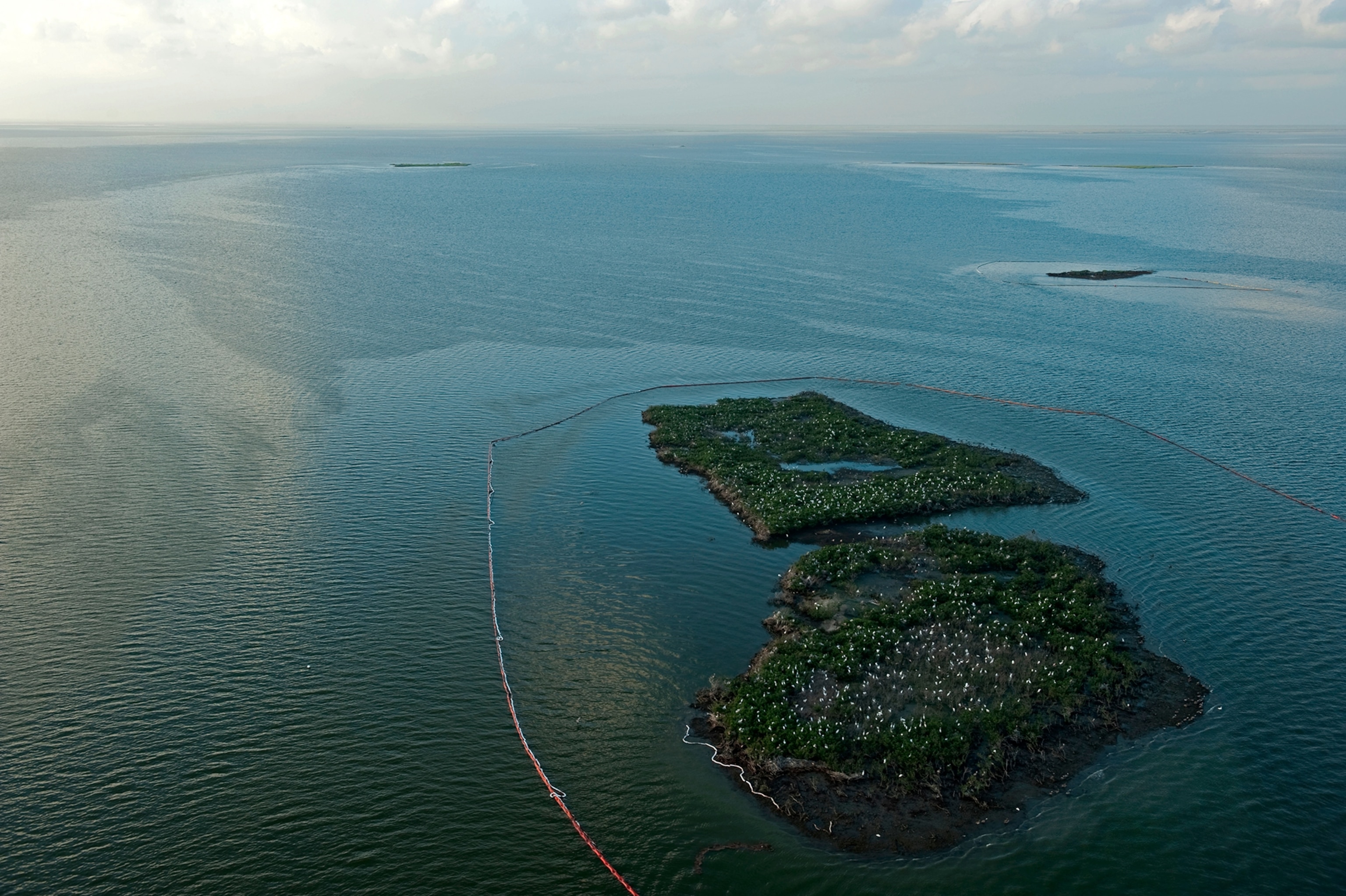
"It was actually devastating to see," she says. "We're sampling [for insects] in the green grass behind the oiled zone, and we're coming out with nothing in our net."
Chemists had suggested oil would have weathered, biodegraded, or been stripped of most toxic components before reaching the marsh. But scientists late last year discovered that chemicals in oil known as PAHs (polycyclic aromatic hydrocarbons) are still high and might stick around for many years.
To find out what happened to the insects, Hooper-Bùi built cages. When the tide was low, the insects sat in them on the ground. When it was high, the cages floated. Oily compounds could only reach bugs through air. When temperatures hit 85 degrees Fahrenheit, "volatile compounds came off the sediments and killed the insects in the cages," Hooper-Bùi says. Insects on unoiled sites survived.
She repeated the test in an incubator and in her backyard. Each time, insects exposed to oil compounds died when temperatures rose.
"We have some strong, indirect evidence that something's happening but we don't know what," she says.
Hooper-Bùi's findings have not been published, and BP officials declined to comment on her results because they had not seen her data.
Ants migrated back into oiled areas in 2012, but she says by midsummer they had died or begun starving. Then in August of that year, Hurricane Isaac blew in, potentially spreading old oil to new sites, complicating everything more.
"A storm event or high tides or hurricanes will reemerge that buried oil and spread it around," says Overton, the chemist. "That's going to keep going on until all that oil is gone."
It's possible some of the oil came from natural seeps unrelated to the spill or other sources.
During the next year, Hooper-Bùi says she watched unoiled sites repair themselves after the hurricane, while oiled sites struggled. There were fewer insects, and many of them vanished again when it turned hot in July.
Jill Olin, a postdoctoral researcher at Stony Brook University who analyzed sparrow liver and stomach contents, says the spill did not seem to alter what sparrows ate. But it might have changed how they hunted for their food, which could "ultimately affect fitness and nesting success."
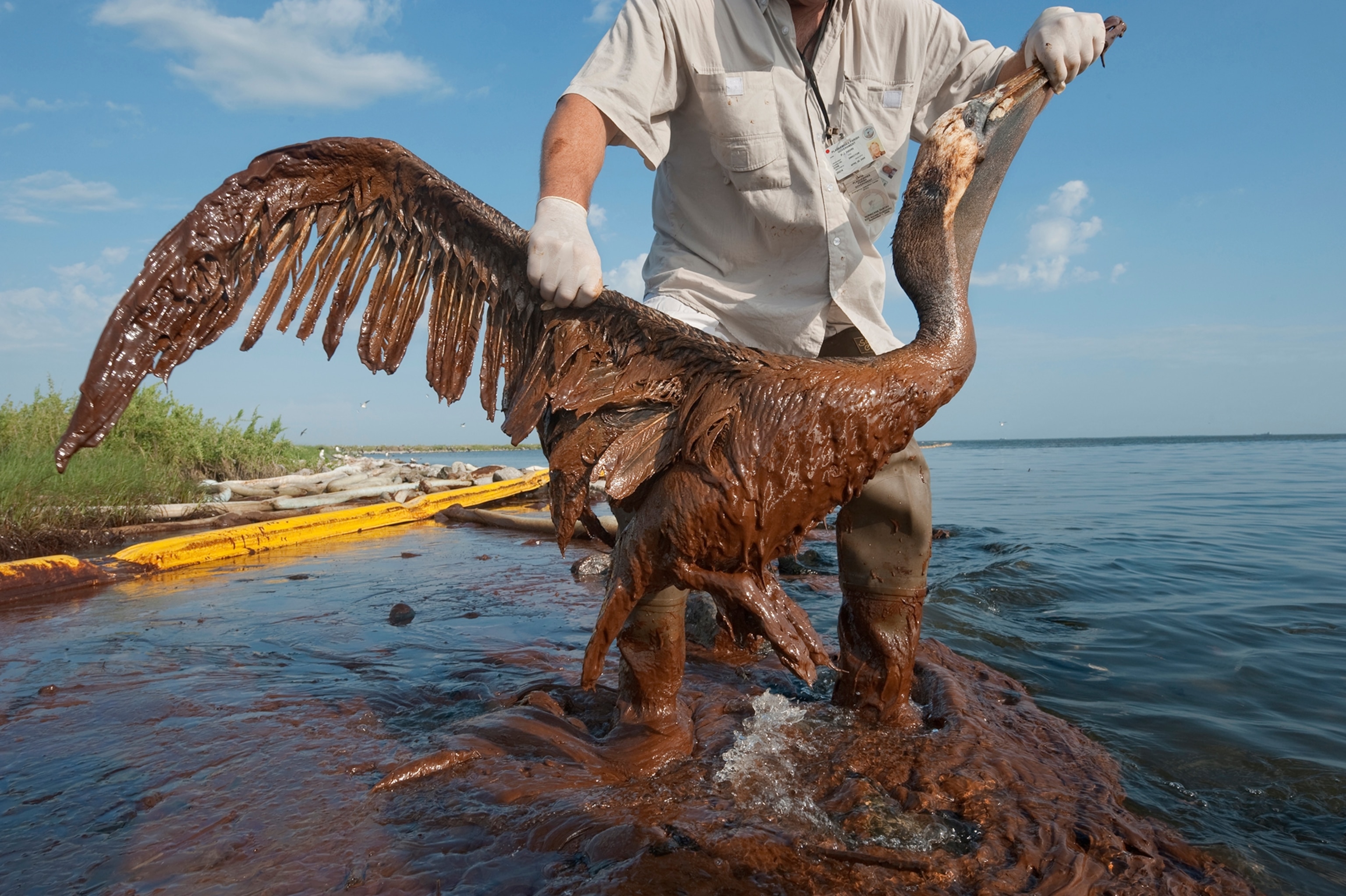
Loons and Pelicans Affected
Related questions trail other birds, too.
Brown pelicans, Louisiana's state bird, all but vanished a half-century ago before staging a comeback after the pesticide DDT was banned in 1972. Many pelicans nested on barrier islands that were slathered by Deepwater Horizon oil. Two spits, together known as Cat Island, have eroded to silhouettes below water, possibly because the oil killed the roots of island-stabilizing mangroves.
The island was eroding already, "but the spill accelerated the land loss," says Gene Turner, a Louisiana State oceanography professor.
So where have Cat Island's pelicans gone? No one knows.
BP points to a study that found no major issues with brown pelicans. The authors, however, say their findings don't rule out future problems.
Meanwhile, scientists have found hydrocarbons in the eggs of American white pelicans as far north as Minnesota as well as in the eggs, blood, and feathers of loons. Researchers haven't definitively linked the chemicals to the BP spill, but samples contained residue from dispersants used in the Gulf cleanup.
BP officials contend the compounds could be from hydrocarbons found naturally in the environment or from other sources. Minnesota officials disagree.
"There's just really no other place it would have come from except the Deepwater Horizon event," says Carrol Henderson, Minnesota's nongame wildlife program supervisor.
In Louisiana, PAH levels in the blood of Gulf loons were higher several years after the spill than in the immediate aftermath. Again, no one has figured out why.
"The levels were potentially high enough to be causing sublethal effects"—impacts that could affect the birds' longevity or reproduction, says Jim Paruk, with the Biodiversity Research Institute in Maine.
Understanding the ecological toll of the spill ultimately may take decades. Scientists still don't fully understand why some species declined in the wake of the Exxon Valdez spill in Alaska 26 years ago.
Are the Gulf of Mexico marshes more resilient than Alaska's Prince William Sound?
"We don't know yet," Woltmann says. That's why scientists "continue to explore ways that this spill might impact wildlife in less obvious ways."

